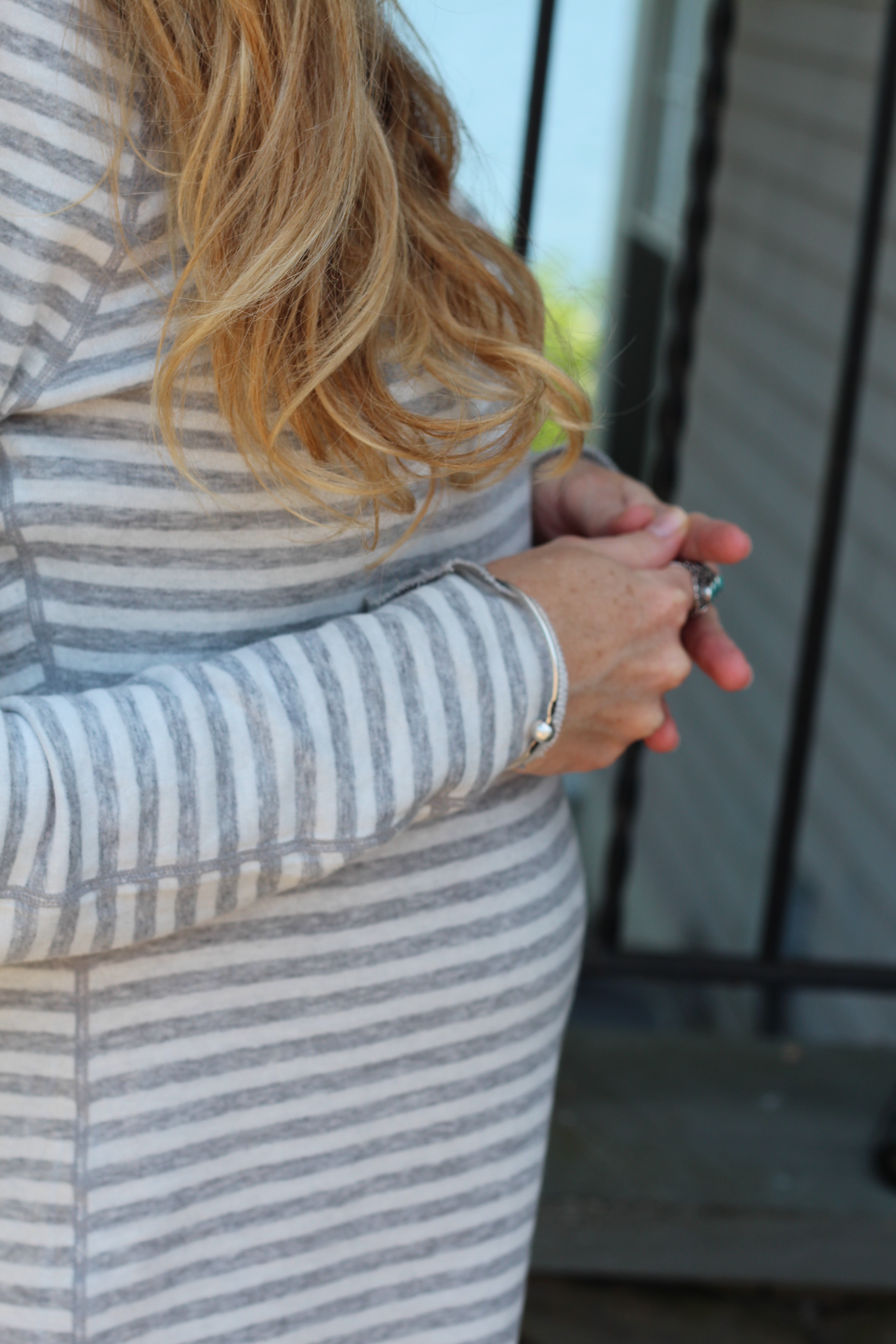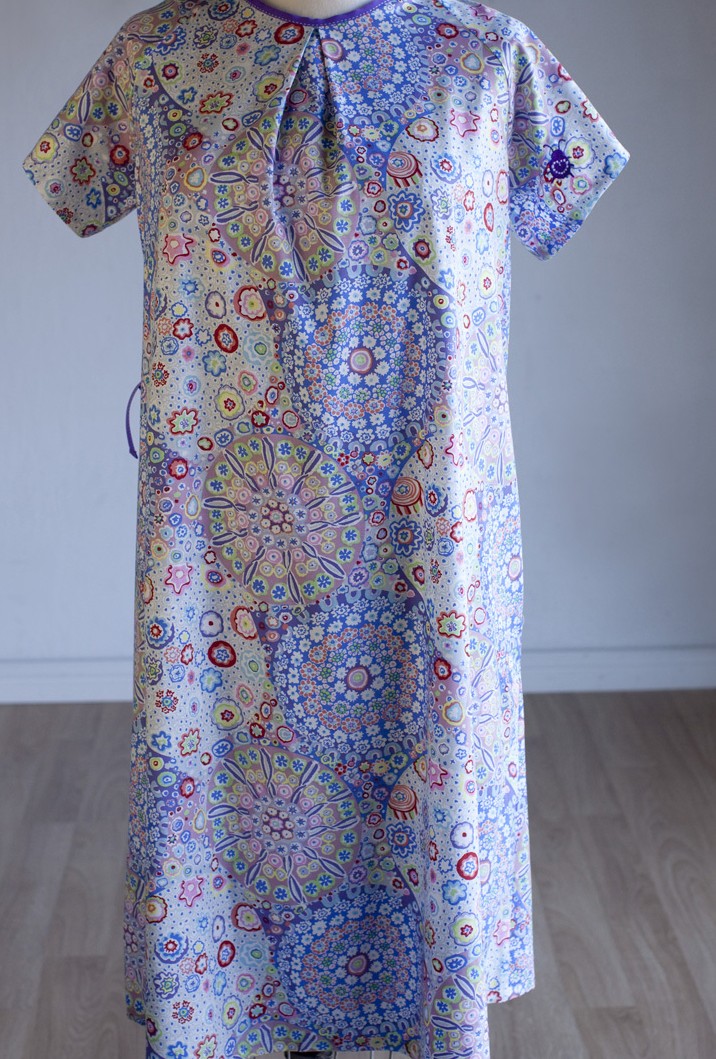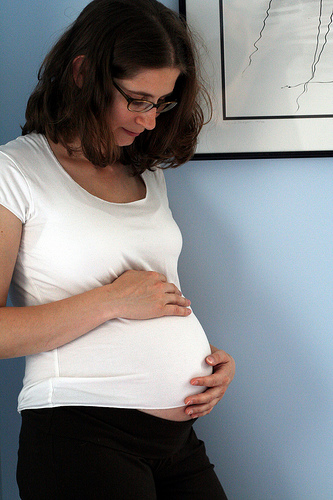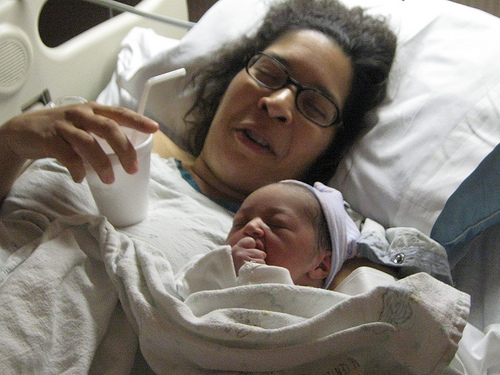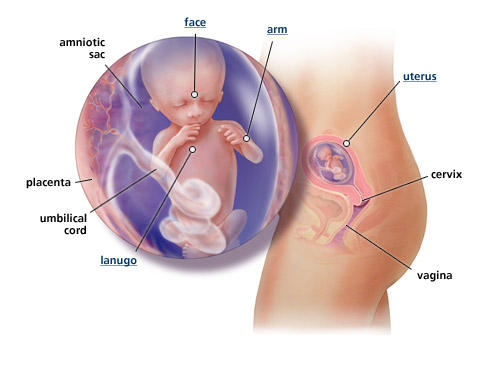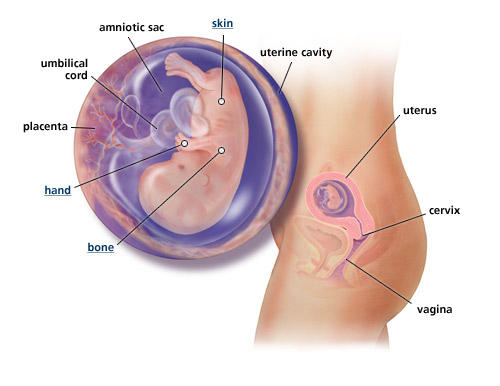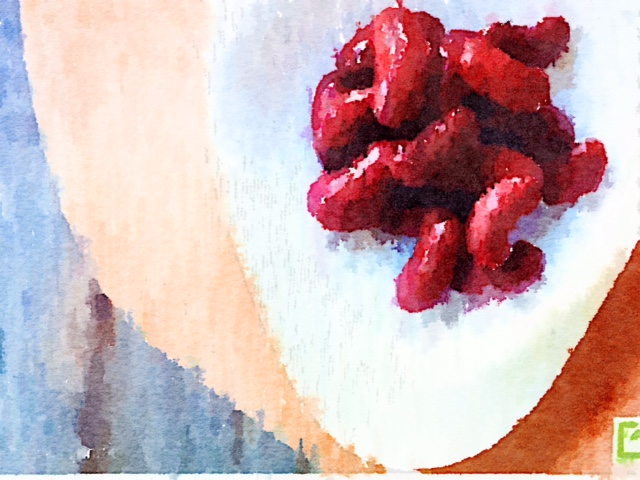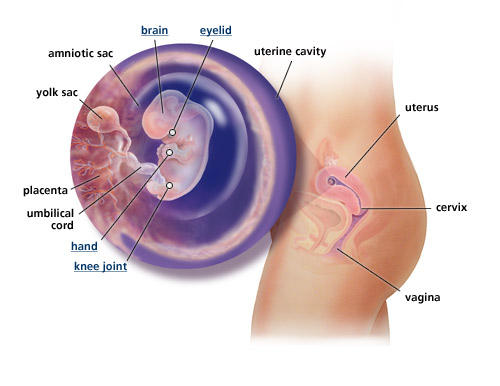Pregnancy at 37 weeks
We are all counting the days now waiting for our new grandson. I heard his heartbeat yesterday and felt him hiccoughing as I gently touched my daughter’s tummy.
He is in his final growth spurt although he is not quite full term until 39 weeks of pregnancy. He weighs about 6 1/3 pounds and is now measuring 19 inches or longer head to heel. He may or may not have a full head of hair and it may be dark or light or peach fuzz at birth. He is the size of a swiss chard.
Your life:
- Braxton Hicks contractions are becoming more frequent and longer in length. They can be quite uncomfortable.
- You might have a vaginal discharge with blood tinged mucus indicating that labor is not far off.
- Any heavy vaginal bleeding needs to be reported to your caregiver immediately.
- Ask about your Group B strep culture results so that you can tell the staff where you deliver. If it is positive you will need antibiotics.
- Getting comfortable to sleep may be more difficult so take it easy during the day.
- Continue to monitor your baby’s movements and let your practitioner know immediately if they decrease.
- He should be as active as before.
- Anxiety about labor and becoming a parent is common at this time in pregnancy.
“I know some people are thrilled to show off their new baby. But all I wanted to do was curl up with her in my arms when I got home from the hospital. Next time I’ll tell people ahead of time that we aren’t seeing visitors for the first week.”
– Janet
Surprising facts: Signs of labor
- There’s no way to predict when labor is going to start. Your body actually starts “preparing” for labor up to a month before you give birth. You may be blissfully unaware of what’s going on or you may begin to notice new symptoms as your due date draws near.
Here are some things that may happen in the weeks or days before labor starts:
- Your baby drops. If this is your first pregnancy, you may feel what’s known as “lightening” a few weeks before labor starts as your baby descends lower into your pelvis. You might detect a heaviness in your pelvis as this happens and notice less pressure just below your ribcage, making it easier to catch your breath.
- You note an uptick in Braxton Hicks contractions. More frequent and intense Braxton Hicks contractions can signal pre-labor, during which your cervix ripens and the stage is set for true labor. Some women experience a crampy, menstrual-like feeling during this time.
- You pass your mucus plug. The mucus plug is the small amount of thickened mucus that blocks the cervical canal leading to your uterus. The plug may come out all at once in a lump, or as increased vaginal discharge over the course of several days. The mucus may be tinged with blood (which may be brown, pink, or red), in which case it may be referred to as “bloody show.”
- Your water breaks. Most women start having regular contractions sometime before their water breaks, but in some cases, the water breaks first. When this happens, labor usually follows soon. (If contractions don’t start promptly on their own, you’ll be induced.) Whether the amniotic fluid comes out in a large gush or a small trickle, call your doctor or midwife.
How can I tell if I’m in false labor or true labor?
- Sometimes it’s very hard to tell false labor from the early stages of true labor. Here are some things that might help you sort it out:
- False labor contractions are unpredictable. They come at irregular intervals and vary in length and intensity. Although true labor contractions may be irregular at first, over time they start coming at regular and shorter intervals, become increasingly more intense, and last longer.
- With false labor, the pain from the contractions is more likely to be centered in your lower abdomen. With true labor, you may feel the pain start in your lower back and wrap around to your abdomen.
- False labor contractions may subside on their own, or when you start or stop an activity or change position. True labor contractions will persist and progress regardless of what you do.
This week:
- Figure out your car seat installation…Don’t wait until the last minute!
- Many police departments have an officer who is certified in car seat installation who will install the car seat for you and make sure it is correct. You probably need an appointment so call ahead of going to your police station.
- Check out the Car Seat Lady website for complete information about car seats.




